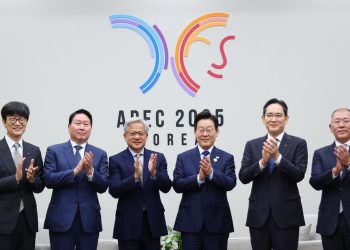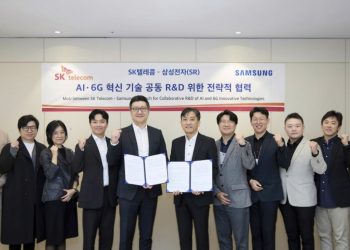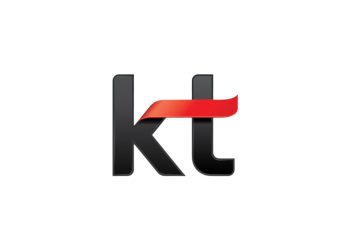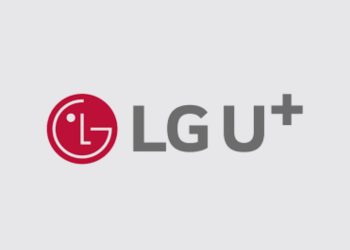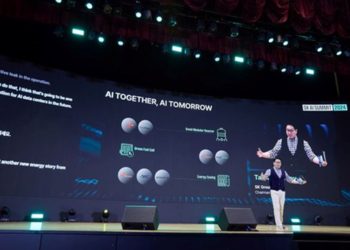The Consumer Electronics Show (CES 2025) will take place in Las Vegas from January 7 to 10, where tech giants will unveil their latest innovations. Following the success of CES 2024, this event will once again shine a spotlight on artificial intelligence (AI) as companies showcase the real-world applications of their AI advancements. The goal is to move beyond the buzzword and highlight how AI can deliver real, practical value across various industries.
One of the key talking points ahead of CES 2025 is the possibility of a meeting between SK Group Chairman Chey Tae-won and NVIDIA CEO Jensen Huang. The rumored discussion is expected to focus on next-generation HBM4 memory for AI GPUs, hinting at a strengthened partnership between the two companies. This collaboration could play a pivotal role in advancing AI technologies, particularly in the evolution of high-bandwidth memory to support future AI-powered innovations.
NVIDIA CEO Jensen Huang’s keynote at CES 2025 is expected to be one of the event’s major attractions. As one of the tech industry’s most influential leaders, Huang will likely outline Nvidia’s progress in AI computing and introduce new products, including GPUs built on the advanced Blackwell architecture. His presentation is anticipated to reveal how Nvidia plans to push the boundaries of AI and gaming technologies with the launch of the next-gen GeForce RTX 50 series, led by the GeForce RTX 5090, featuring 32GB of GDDR7 memory.
The keynote will also provide a closer look at Nvidia’s AI chip supply chain, which could offer critical insights into the future of major memory chip suppliers like SK Hynix and Samsung Electronics. With AI’s growing influence in various sectors, understanding how these suppliers will meet the demands for high-bandwidth memory (HBM) in future GPUs will be crucial. Huang’s comments on the matter will likely be closely watched as the demand for HBM chips continues to rise.
Adding to the intrigue, rumors suggest that SK Group Chairman Chey Tae-won may meet with Huang during CES 2025 to discuss HBM4 memory for next-gen AI GPUs. While Chey’s attendance is not yet confirmed due to ongoing political tensions in Korea, his presence could signal deeper collaboration between SK Hynix, Nvidia, and TSMC. This trilateral alliance is seen as key to accelerating the development of Nvidia’s AI accelerators, which rely heavily on advanced memory technologies.
At SK Group’s AI conference in November, Chey revealed that Huang had consistently requested more HBM chips with each GPU release. In a video message, Huang emphasized the vital role HBM memory plays in enabling Nvidia’s breakthroughs. Furthermore, Huang asked SK Hynix to expedite the delivery of HBM4 chips, urging the company to move up the supply timeline by six months. This reflects the growing demand for faster, more powerful memory to support the rapidly evolving AI landscape.
During SK Group’s AI conference, NVIDIA CEO Jensen Huang emphasized the crucial role of high-bandwidth memory (HBM) in driving Nvidia’s innovations. He credited HBM with enabling Nvidia to achieve what he referred to as “super Moore’s law,” referencing the theory that the number of transistors on a chip doubles approximately every two years.
At CES 2025, SK Hynix will showcase its latest memory chips, including the HBM3e, which are already being supplied to Nvidia for its next-generation AI processors. The event will also likely feature discussions around Nvidia’s upcoming AI GPUs, such as the GB200, and potentially a preview of the GB300, which will be officially unveiled at GTC 2025 in March.
In addition, there is anticipation around Nvidia’s next-gen Rubin R100 AI GPUs, which will be powered by SK Hynix’s industry-leading HBM4 memory, further solidifying the partnership between the two companies in the rapidly advancing AI space.



